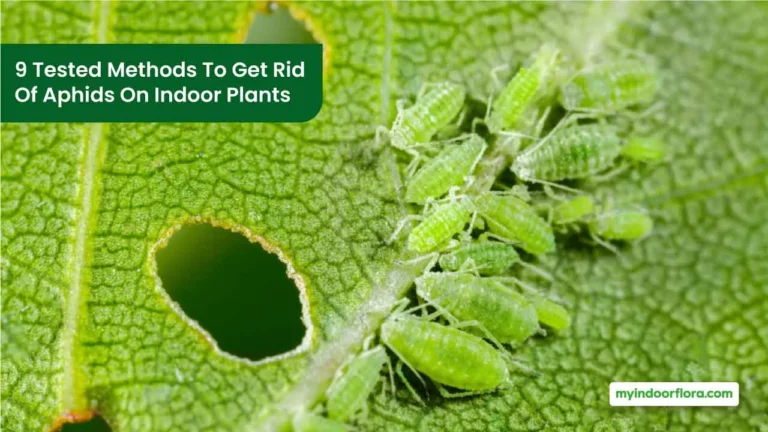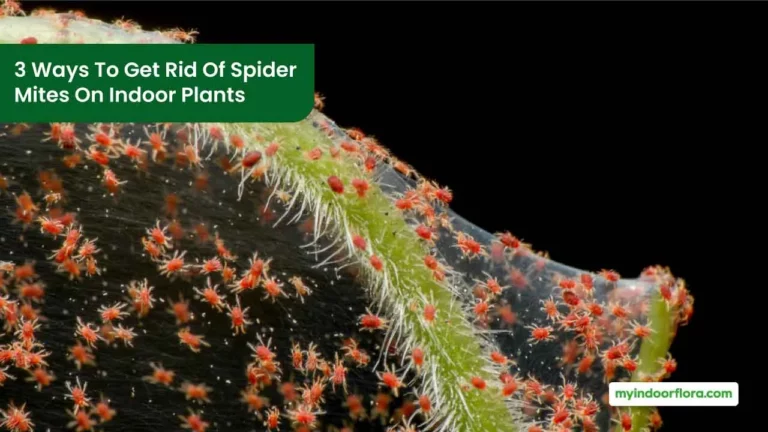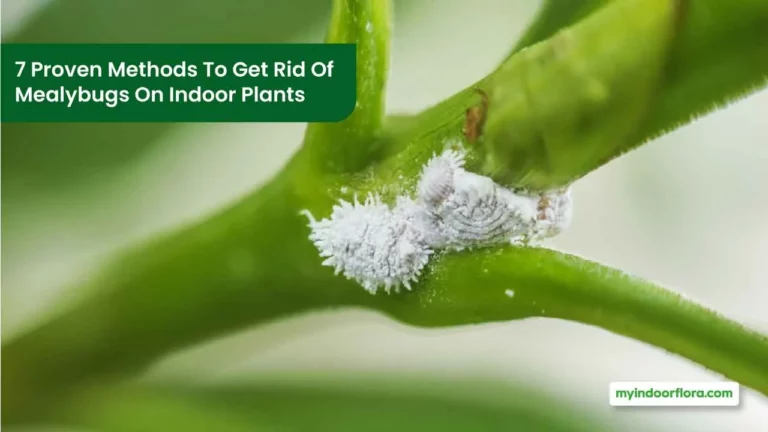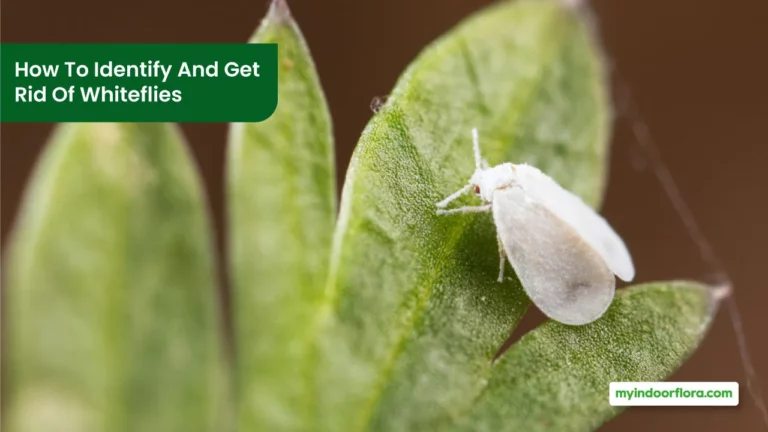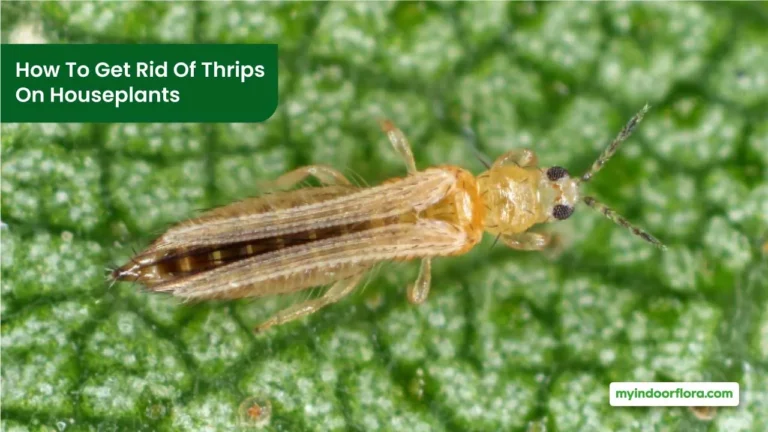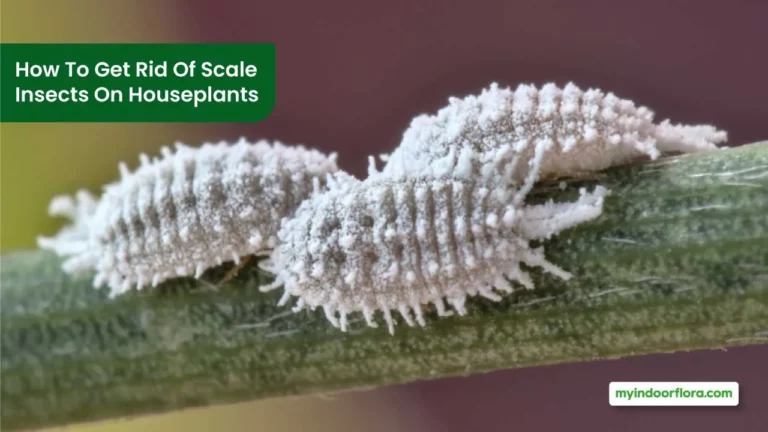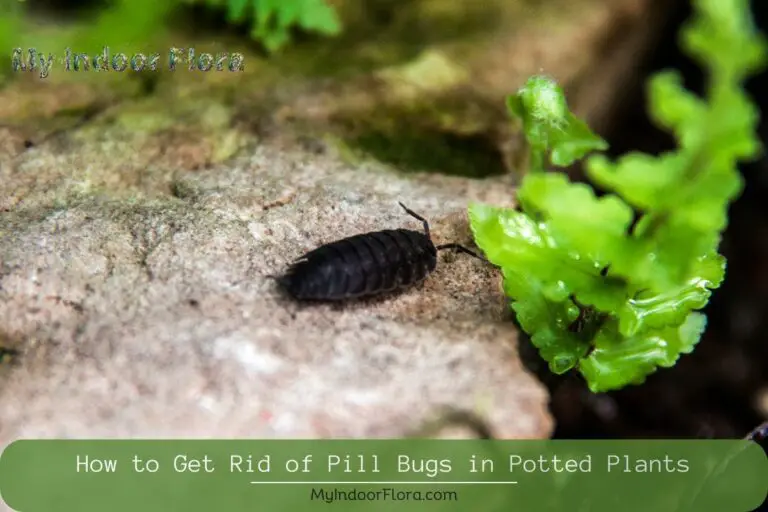Indoor plants not only enhance the aesthetics of our homes and offices but also purify the air and boost our overall well-being. However, maintaining their health can be challenging, especially when dealing with pests and diseases. This comprehensive guide covers the identification, treatment, and prevention of common indoor plant pests and diseases, ensuring your plants remain healthy and vibrant.
Identifying Common Indoor Plant Pests
Different pests can infest your indoor plants, causing a variety of issues. Here are some common indoor plant pests and their characteristics:
Aphids
Aphids are tiny, soft-bodied insects that come in various colors, such as green, black, or white. They suck plant sap, causing leaves to curl, yellow, or wilt. A sticky residue called honeydew is also left behind, which can lead to sooty mold growth.
Spider Mites
These minuscule, spider-like creatures are difficult to see with the naked eye. They create fine webbing on leaves and stems, while their feeding causes yellowing or bronzing of the foliage.
Mealybugs
Mealybugs are small, soft-bodied insects covered in a white, cottony wax. They congregate in clusters on stems and the undersides of leaves, sucking plant sap and causing stunted growth, yellowing, and leaf drop.
Scale Insects
Scale insects have a protective shell-like covering and are typically found on stems and leaves’ undersides. They feed on plant sap, leading to yellowing, wilting, and stunted growth.
Whiteflies
Whiteflies are tiny, white, moth-like insects that congregate on the undersides of leaves. They suck plant sap, causing leaves to yellow and fall off. Like aphids, they excrete honeydew, which can lead to sooty mold growth.
Fungus Gnats
Fungus gnats are small, black, mosquito-like insects that primarily feed on decaying organic matter in the soil. Their larvae can damage plant roots, leading to wilting and poor growth.
Treating and Preventing Indoor Plant Pests
It’s essential to tackle pest infestations early for the best chance of success. Here are some general strategies and pest-specific treatments for indoor plant pests:
General Strategies
- Inspect new plants before bringing them indoors.
- Regularly check your plants for signs of pests.
- Quarantine infested plants to prevent the spread of pests.
- Prune heavily infested leaves and stems.
Pest-Specific Treatments and Prevention
- Aphids: Use a strong spray of water to dislodge them, or apply insecticidal soap or neem oil to control infestations.
- Spider Mites: Increase humidity around plants and use miticides or insecticidal soap to treat infestations.
- Mealybugs: Remove them manually with a cotton swab dipped in rubbing alcohol, or apply insecticidal soap or neem oil.
- Scale Insects: Scrape off visible insects, then apply horticultural oil or insecticidal soap.
- Whiteflies: Use yellow sticky traps to catch adults, and apply insecticidal soap or neem oil to control their population.
- Fungus Gnats: Allow the soil to dry between watering, use a layer of sand on the soil surface to deter egg-laying, and apply Bacillus thuringiensis (Bt) to control larvae.
Natural Pest Control and Beneficial Insects
Introduce beneficial insects, such as ladybugs and lacewings, to help control pest populations. Be cautious when using chemical pesticides, as they can harm beneficial insects and disrupt the natural balance.
Identifying Common Indoor Plant Diseases
Indoor plants are susceptible to various diseases caused by fungi, bacteria, and viruses. Here are some common indoor plant diseases and their symptoms:
Powdery Mildew
A fungal disease that appears as white or gray powdery spots on leaves and stems. It can cause leaf distortion, yellowing, and premature leaf drop.
Root Rot
Caused by various fungi, root rot leads to wilting, yellowing, and stunted growth. Affected roots will appear brown and mushy.
Leaf Spot
Caused by various fungi and bacteria, leaf spot diseases manifest as small, dark spots on leaves that can enlarge, merge, and cause leaf yellowing and drop.
Damping-off
A fungal disease affecting seedlings, damping-off causes the collapse and death of young plants at the soil level.
Viral Diseases
Various viral diseases can affect indoor plants, causing symptoms such as mottling, yellowing, stunting, and leaf distortion.
Treating and Preventing Indoor Plant Diseases
While some plant diseases can be challenging to treat, prevention is often the best strategy. Here are some general tips and specific treatments for common indoor plant diseases:
General Tips
- Use clean, well-draining soil and pots with drainage holes.
- Avoid over-watering and ensure proper soil moisture.
- Maintain proper humidity levels and air circulation around plants.
- Regularly inspect plants for signs of disease and remove affected parts promptly.
- Keep plants clean and dust-free.
Disease-Specific Treatments and Prevention
- Powdery Mildew: Improve air circulation, reduce humidity, and apply fungicides as necessary.
- Root Rot: Avoid over-watering, ensure proper drainage, and use a fungicide or biological control agents if necessary.
- Leaf Spot: Remove infected leaves, improve air circulation, and use fungicides or bactericides as needed.
- Damping-off: Use sterilized soil, avoid overcrowding, and apply a fungicide if necessary.
- Viral Diseases: Remove and dispose of infected plants, as there is often no cure for viral infections. Keep plants healthy to minimize the risk of viral diseases.
Final Words
Maintaining healthy indoor plants requires vigilance in identifying, treating, and preventing pests and diseases. By following the tips and strategies outlined in this comprehensive guide, you can ensure that your plants remain robust, vibrant, and pest-free. Happy growing!

